How Changes In Health Impact Medium: An Interview with Helen Reynolds
Along with beautiful images of her inspiring artwork, a link to her doc, and an innovative approach to the artist CV
Awhile back, I said somewhere here on Substack: “then I had to change my medium (again) because of health” … or maybe I didn’t say it but instead quoted it from someone else … it’s funny how the collective experience can get funny that way in memory. In any case, I do know that
responded with the comment: “I think this is the history of my entire career.” And I was intrigued. I wanted to know more. Here’s the interview where we get to learn more.Let's begin where we started, what is the story that expands on your comment: "I think this is the history of my entire career - "then I had to change my medium (again) because of health."
I really just blurted that comment out, because I was going through such an intense time with my health blocking me from making art. It was so painfully current for me that I was seeing everything in terms of health.
Now that I have had to step back and think through it, I realized there were always so many layers to each change of medium, and health was usually the final push.
My current way of working - that I am having to let go of - is to use very, very big brushes and paint a single brush stroke over as large a surface as I can manage, in watercolor or ink.
The work is about the presence I can bring to each mark I make, but it is also about the work of deliberately taking up space, to feel strong enough to claim vast amounts of space for myself and my art. I was born in the 1960’s and all my life I have watched women struggle to claim their own space - and be denied that. Or be too scared to try (based on a pretty rational response to their environment).
And for the past two years now, my health has made this way of painting so difficult that I have to face up to quitting. First I had long covid for a year. So that was one year of pretty much not being able to move my whole body. That was followed by a year with frozen shoulder - so I could move my body again - all except for my right arm, my dominant arm. My arm has been functionally totally rigid and the pain was horrible. Maintaining precise control over enormous brushes with frozen shoulder is hard!
I have pushed through for most of those two years, kept making the work (really because I had three solo exhibitions lined up, and those opportunities were far too precious to quit!). Working on a large scale (my largest painting this year was 2.4 metres long) means lifting lots of heavy things around, and of course having control over the brushes while I make the actual painting.
When I had long covid, I would get down a roll of paper, carry it on to my working area and lie down on the studio floor for an hour before I had enough energy to unroll the paper and cut it to size. Then I would have to lie down for another hour before I could get enough energy to haul myself back to bed. That would be my work done for that day, and it would take a days to recover from that. Eventually I would gather enough energy to actually paint the line, get it on the paper and lie down for many more days to recover from that.
Now, with frozen shoulder only, I have much better energy. But all my muscles are so much weaker and my flexibility is shot after a year of bed rest. I still had to do all that lifting and carrying and painting, but do it one handed because of the frozen shoulder.
When I finished the work for the latest exhibition, I really was left completely without the desire to go through what had become this tremendous struggle. There was so little left of what had been a joyous art practice.
A big part of me doesn’t want to give up working really large. I love the way large work seems to communicate body to body. And this mission of challenging myself to take up space still seems somehow an important one, the right one for me.
As I am writing this, I am also watching a series on Netflix (Gyeongseong Creature). This scene, one I have watched some version of over and over and over, all with different heroes, comes up. In this particular version, our hero is Master Jang, a Korean in Japanese occupied Korea. He has been cut by a sword, wide but not deep, on his stomach. Mrs Nawol and a whiny, cowardly beta male fuss around him, binding him up and tell him he needs to rest and recover, get stitches, or his wound will re-open and bleed out. But his face is sternly sets and he tells them no, he will not turn aside from his mission! He is clear: weaklings and women will stop their mission because of a little thing like a sword gash.
So this is (gendered) fiction, and in real life Jang would have jeopardized the actual mission - re-opening the wound and bleeding out and then the whole operation would be completely ruined by an arrogant idiot fainting at a crucial moment.
This story is played over and over and over. Feminism had changed the narrative now so that women heroines, too, are required to push through physical harm and injury to the point of stupidity (or what would be stupidity in real life). In this series, Miss Yoon is that heroine, refusing too to ever stop her own mission despite beatings, rape threats and an astonishing assortment of near death experiences.
I think this narrative runs in art too. A Real Hero Artist sticks to what they are doing, their medium and their process no matter what. They have a burning truth which must be expressed in just such and such a particular way- a particular medium, a particular technique- and they must push through all the struggles and continue no matter what, until this heroic expression of theirs conquers the art world and everyone admires them.
Otherwise they are a dilly-dally, weak, non-hero artist. Probably they are a woman, and want to be a dabbler artist, flitting between mediums just as the mood takes them. An artist of absolutely no consequence at all in the world.
I am scared to be taken as this dibbler-dabbler.
The other time health stopped me, I was making these intricate, extremely detailed line drawings when RSI (OOS or repetitive strain injury) forced me to grind to a halt. I was pretty obsessed with making these drawings and the chaos theory behind them . Looking back, I think when they were made in joy and delight, my arm was relaxed when I drew. But when my obsession with these drawings faded, I kept pushing myself to make them. But now, both my mind and my body froze together, at the same time.
I was also doing a lot of installation art at the same time. It was quite a fun combination, doing both drawings and installations. But installation is exhausting. I’m not particularly strong, and quite short, and I was not particularly young any more, either. The physical part of it was tough. And you need a huge amount of support - extra labor during installation, piles of money to pay for all the various materials and the various experiments. And no one buys installations - you need to have institutional support to make that a viable career. And the stress of getting everything up and safely tethered in the space before an opening is enormous!
I had to leave both the drawing and the installation work at the same time. And that meant stopping exhibiting too.
That was quite painful - in the art world there is a pretty clear link between success and having a recognizable style, a way of working, and that was just starting to happen for me. I did not want to let go of that.
Now I could not take the role of the hero artist.
Instead I started a long process of re-finding my own joy in art, and focusing - precisely and carefully - on that joy.
After that three years, this is where I got too.
Two weeks after de-installing that particular work, I put my paintbrush down and didn't paint again for years.
This time not because of health, but in the search of a big adventure in my life.
Together with my husband, I went to volunteer in Timor-Leste (East Timor) with VSA, a program that is rather like Peace Corps or VSO.
I had just spent three years working my way into a practice which had results that I loved, and was something I was really proud of, but that used vast amounts of art materials and required vast dedicated art spaces to show it. Now I was moving to a developing country that had virtually no art materials available at all, no art galleries at all, and no effective transportation system to get materials in, or finished work out.
Some calculation led me to move to working digitally. I learnt to shoot and edit video, and planned to use video to tell the stories of the people there.
It all turned out to be the most fabulous adventure. It was a bit of a haul, getting good enough at video, making enough work and putting out there to get noticed. But I met amazing people and everything was exciting.
I gave it all up, not because of my own health, but due to my daughter’s health.
She became ill with chronic Fatigue/ME and needed full time care. I came back to New Zealand to look after her.
During this full time care-giving, I found myself wanting some gentle art time - something that was very portable, relaxing, easy to put down if I was needed, didn't make a mess and need cleaning up, because clean-up would have increased that domestic burden that was pretty heavy on me at the time.
So like generations of women who needed an art medium that was mild mannered and non -disruptive, that could fit into the cracks of time in between being on call to others, I turned to watercolors. Just making tiny coloured squares or simple washes. It was very peaceful and calming.
As my care giving life settled into more of a rhythm, I started painting flowers with the watercolours. I have always been obsessed with plants and gardening. The quietness of painting flowers made art easy for me when life was a bit difficult. There is a clarity and simplicity to painting what is in front of you. It is a relief from having to make decisions.
My daughter got well again and I quickly found I could concentrate deeply on creative work again. It was quite noticeable shift - until she was better, my deep focus was on her.
With this ability to focus restored , I took the video footage I had made in Timor-Leste and edited it together to make a short documentary film.
Making a documentary was immensely satisfying, using up lots of different parts of my brain - visual intelligence, crafting the story, even manipulating sound and music.
I thought I would work like this forever. I finished the film, got it into several film festivals around the world, and had a documentary proposal started for another film in Timor, and volunteer role organised with young people there to teach them how to make their own films, tell their own stories.
I thought maybe at last I had found my forever medium.

Health shut that thought down. Not a personal health experience, but the entire world’s health. COVID shut down all the film festivals and more - all the borders in the Pacific closed down, including my own (New Zealand) and Timor-Leste’s borders. So everything was cancelled. I tried hard to keep going, to be gritty and determined, to find new projects for documentary and photography, but they all failed so dismally and thoroughly.
Again, I was facing the Hero question. Do I make like the hero, and cling to this new field I had only just started to carve out for myself, bravely continuing no matter what the obstacles, or do I get logical and practical (not values really celebrated in the art world, are they?) and change again.
I changed medium again.
I took what I had learnt about watercolor technique and married it to the linear form I had developed earlier, before going to Timor-Leste. It turned out to be a very good decision, and in terms of getting exhibitions and recognition, I have had three fruitful years working this way.
And now, here I am stuck again. And as the borders have opened up and other things sorted, my husband and I are moving back to Timor-Leste to again!
What will I do now? What am I physically able to do now?
I started writing while I had a frozen shoulder and found I could still type easily. More than that, I remembered my love of writing. Is it a wise (and fulfilling) move to go all in on writing, which doesn't take much physical strength, and leave painting and drawing just for pleasure?
Going back to Timor, I could also go back to photography and video. But I feel I was already pushing my physical limits wrangling the equipment in very remote areas when I was there before - I am older now, and a lot weaker. I am not sure if the drive to do that is still in me.
Or embracing painting much smaller in watercolour. Annoyingly, even painting small is tough with the frozen shoulder - but everything else is so much easier when the work is smaller. My love of watercolur as a medium has grown slowly, unevenly but deeply. Perhaps it is a bit more like how arranged marriages can work out, rather than the ‘love at first sight’ experience I was expecting with a medium.
Or keep working on healing. But that is boring!
lol … I’m pretty sure nothing about you or your work or life is boring … So it sounds like you have some themes of work that continue through over the years and others than shift and change with time …
One of the art narratives that was around when I was starting out goes like this - ‘I experimented with this medium and with that medium and then I tried xxx and I fell in love and I knew I had found my forever medium’ And the story goes on with all their art their and career flowing easily and smoothly ever since they got that special, spiritual bond with their medium.
Sometimes I think I have that relationship. But then things change.
I haven’t touched on this yet, but in 2021 I realised I am on the autism spectrum. One of the clues (there were others ) was that I would spend hours and hours, days and days painting these turning, repetitive lines. Never getting bored, only have this very special, soothing sensory experience. They are a stim for me, and painting them all the time was making my nervous system very happy. Those earlier, twisting and turning fine chaos lines had been a stim too.
Obsessions play a huge role, their sudden lurching shifts - their appearances and disappearances. That’s another of my autistic traits, I suspect. Those obsessions are so delightful when they come, they are the major source of joy in my life. But knowing when something is likely to be a short term obsession versus a long term obsession is something I am just figuring out now (at 61). Getting all set up for a short term obsession is expensive - by the time I have been brave enough to buy all the materials and tools for a new medium or project, the obsession has faded and a good chunk of money has been wasted. And that makes it even scarier to invest in a new medium next time a new obsession takes over. But if it’s a deep, long term obsession, the quicker I invest in new tools and learning the new techniques, the better the results, the better my life.
And I am learning that to keep pushing a particular medium when I have lost the obsession seems to have a very clear, negative effect on my health.
Which then forces me to quit the medium.
So I suppose that’s why a medium has to stop working on multiple levels before I know I have to jump ship in the past.
And it’s a very important question, a puzzle too, in figuring out whether it’s right or not to change - when should grit actually come in? Because grit does have a value too. How do I know when I am not letting myself down by quitting? And when am I, or am I not, self sabotaging?
I notice now that the change goes brilliantly well when I just get logical and clear minded. I can strongly acknowledge that a medium is no longer able to bring joy into my life and it is a positive decision to let go of it and move on. Somehow learning to see these sudden changes not as a bug, but as feature.
It’s running a different narrative from the one our hero Jang played out. And running a different narrative from the beta male (I remember his name now, it’s Mr. Gu) who collapses into a frozen, ineffective state. He is not capable of pushing himself through these difficult situations and being the hero, so he just sits there, stuck in indecision for much of the series. I have been in Mr. Gu’s indecisive, ineffective state for long periods!
It’s about running Mrs. Nawol’s narrative.
Mrs. Nawol realizes her limitations in the conflict they are facing clearly. Instead of using her willpower and exposing herself pointlessly to physical harm, she figures out what is an achievable and effective tactic for her to do, with her own particular set of abilities and limitations. She quietly organises her network to provide a noisy distraction so Master Jang, Miss Yoon and a bunch of victims can escape the trap laid by the Japanese. She gets Mr. Gu off his butt and gives him a clear job to do.
Mrs. Nawol doesn’t get any glory. Her name gets praised by no-one. Her position in life remains exactly the same at the end of the series - an unimportant woman. Jang gets all the glory and all the respect (and all the love of Miss Yoon, of course).
Is this the problem I will face when I behave like Mrs Nawol? Surviving, intact, satisfied that I have done good work, but staying invisible?
It feels like it.
You’ve touched upon the intersectionality of it all there, I think: being an artist as well as being a woman, being an older woman, being a woman with health issues … This makes me think about my own experiences of these things.
Something I discussed when Rae Katz interviewed me was grief ... as she put it: "grieving your past self and loss of different capabilities" and I wonder if you have any thoughts along those lines?
The feeling of shame for not being able to stick to one thing is huge for me.
I feel like a right fool when I have to tell someone, no, I am not that anymore. I am someone else now. And when you start a new thing, you always start as an ignorant, unknown beginner at that thing, instantly losing most of the status you have built up in the old thing. And we are humans, losing status is always going to hurt.
There is a lot grief in losing something due to health. Part of my healing process from long covid was to become aware of when I was ruminating on my health, going over, and bemoaning my symptoms in my head, or worrying about how I was going to carry on through all the difficulties I was experiencing - etc etc etc.
And then I had to learn to stop myself every single time I noticed this rumination. I was blown away by what vast amounts of my mental time and energy were being taken up with rubbing over and over and over this grief stone in my mind. For quite a while I didn’t even know what to think about all the time, now I had all this extra brain space!
The resistance to changing mediums became huge once I decided to be a professional artist, rather than an artist for fun. It is a terrible career move, once you have started to build a bit of a connection between your name and a particular style in a particular medium. Thats really the currency of the art world, that particular connection.
But it’s not just careerism that makes it painful to skip mediums. It’s identity too. You start to explain yourself to yourself as who you are by the way you work. And of course explain yourself to others that way, too. I am an abstract artist. I am a filmmaker. I am an installation artist. Now I am not an abstract artist. Now I am not a filmmaker.
I notice Mrs. Nawol doesn’t have a particular identity she has to uphold. Mrs. Nawol works in the business, she works in the house, she does a lot of different things. When I was growing up in the 1960s, nearly all the women were like that. A woman’s identity was crafted simply from how they acted towards each other, rather than by their job title, or by how successful their career trajectory was. It had some positive aspects. If you started doing something new, it was not disrupting this rigid, fixed identity. Identity was always being created continuously by your actions.
It feel really hard to live this truth right now in an age of social media when “branding yourself” is such a thing and when making money as a creative is sometimes reliant on how well you’ve done that. But you’re in good company. has great insights into living as a multi-hyphenate. Barbara Sher’s books inspire me in a similar way. I think there’s something very powerful about people, women especially, continuing to reinvent ourselves and learn and grow and allow ourselves to be a little of this and a little of that and this other thing now and not that anymore. Even though it’s really hard.
In my own framework, I look at how health symptoms have specifically impacted creative process, content, medium, and productivity. We first corresponded over medium, which of the other three stands out as impactful for you?
Productivity stands out, I think. Productivity is always a bit or a weird thing in art anyway. All the artists I know feel very unproductive, even when to an outsider they are making a lot of work. I suppose it is because there is so much testing and experimenting, which have no linear, clearly visible connections to productive outcomes. You can be working long, busy hours in the studio and producing very little finished work.
So when the amount of time and energy you can put into your studio practice drops with health things, it feels like you are heaping failure on top of failure at being productive.
We often present our CV/resume as some type of linear process but it only becomes linear in retrospect not in the living ... in what ways has your creative career been/ not been linear?
I have the least linear CV in the world! I made this CV for myself at one point, to try and show how I was doing things, although in a non-linear way.
As well as all the changes in my art medium, I also took time off to be a stay at home mother, and I have also chosen to travel around the world with my husbands career as well, so it all adds up to an extreme fracturing of my CV. I feel depressingly unemployable and so powerless as a result. (But it cheers me up to think about how I am able to make art).
You explore systems ... how does that perspective influence what you see as the relationship between art and health?
I see this big connection between being a woman and how the female body’s strong, over active immune systems drive us into so many disease states - rheumatoid, MS, chronic fatigue, long covid, frozen shoulder. All of which have had huge impacts on me personally or women I am very close to. A lot of women turn to art and creative work when these health things come up, because art is one of things that helps put your body into a calm, parasympathetic - nervous - system state. and that helps the healing so much.
There is this other system that is going on too - the gender, patriarchy system. The system which created that Hero narrative. And how women can’t fit into that system if they value their health and their families, both of which are so much greater components of our lives.
At the same time, I see women taking a lot of pleasure and joy in the ‘dabbler’ art world. All the short-term art courses and classes I have taken are close to 100% female. There is just such a huge female bias in those spaces. They are soaking up all the benefits of creativity as rich source of health and joy in their lives.
And where art is more of a somewhat stressful, pushing yourself activity, a career choice that takes determination and sacrifice (health, community family etc need to come a firm second in life) there is a much higher percentage of men. So I see those patriarchal systems going on there.
I guess I am saying that the Art Hero narrative does actually lead to career success , arent I? And to live a happy, fulfilled life in a body with low health, or live in a woman’s world with both the extra care burden and health burden - don’t run the Hero narrative. I think there are a lot of strong, intelligent women with health burdens working out exactly how to create new, effective narratives, ways of working right now.
But it’s not easy.
It’s not easy. But it’s powerful and wonderful and amazing and possible. And your work is a testament to that; I know that it speaks to me and I’m sure others feel that way. Thank you for being here with us today to share it!
Visit
over at where she shares thoughts on crafting an art business alongside studio insights, snippets about life, and other creative things. A few pieces of hers that I’ve quoted in the past and think are worth revisiting:If you read this far, perhaps you liked the work. The work does take work. It only continues with support, so please consider subscribing. My annual rate starts at $10 per year.

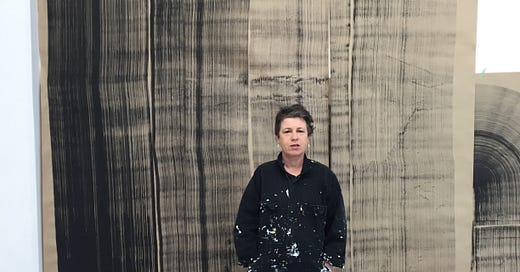



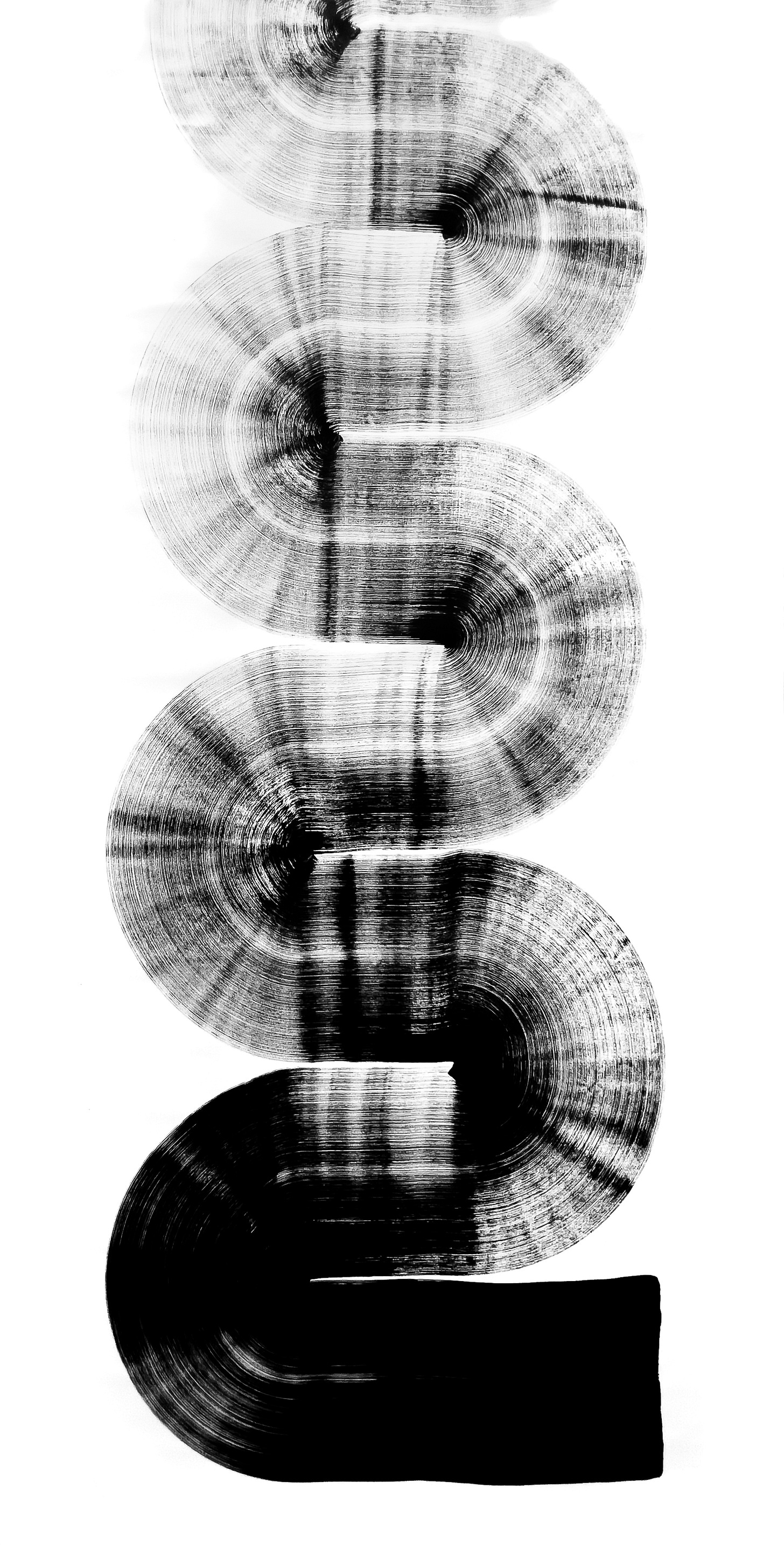
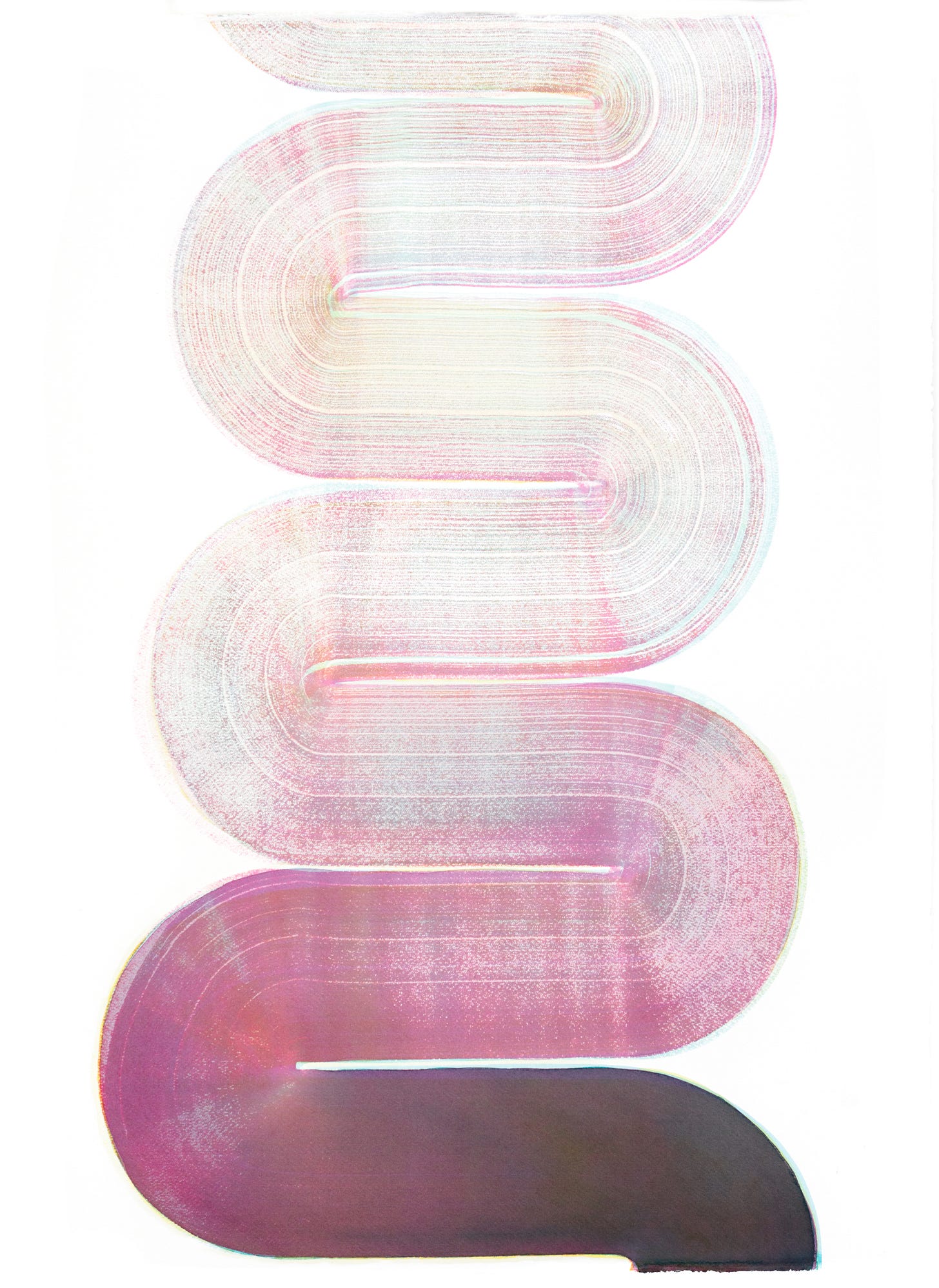
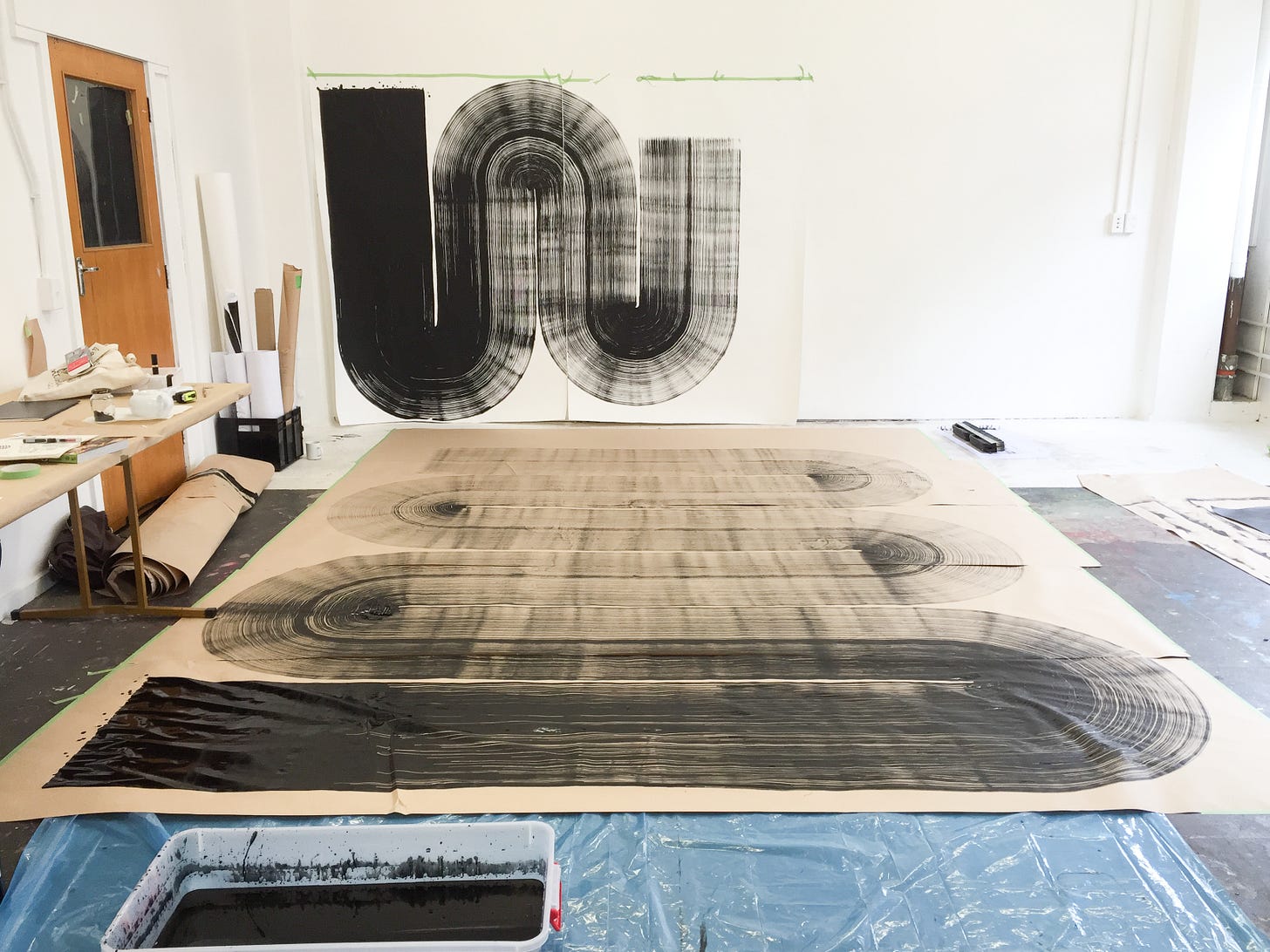


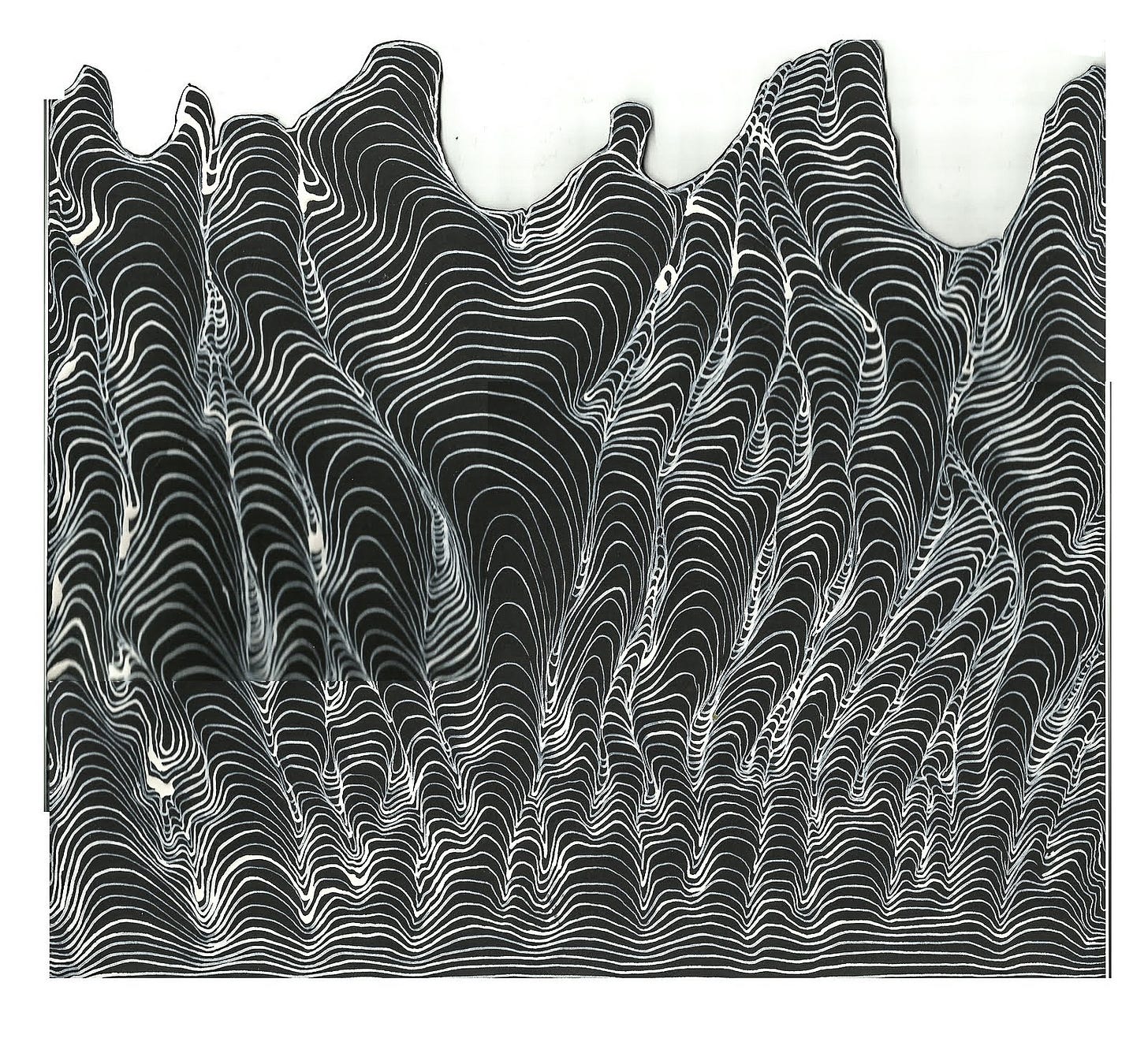


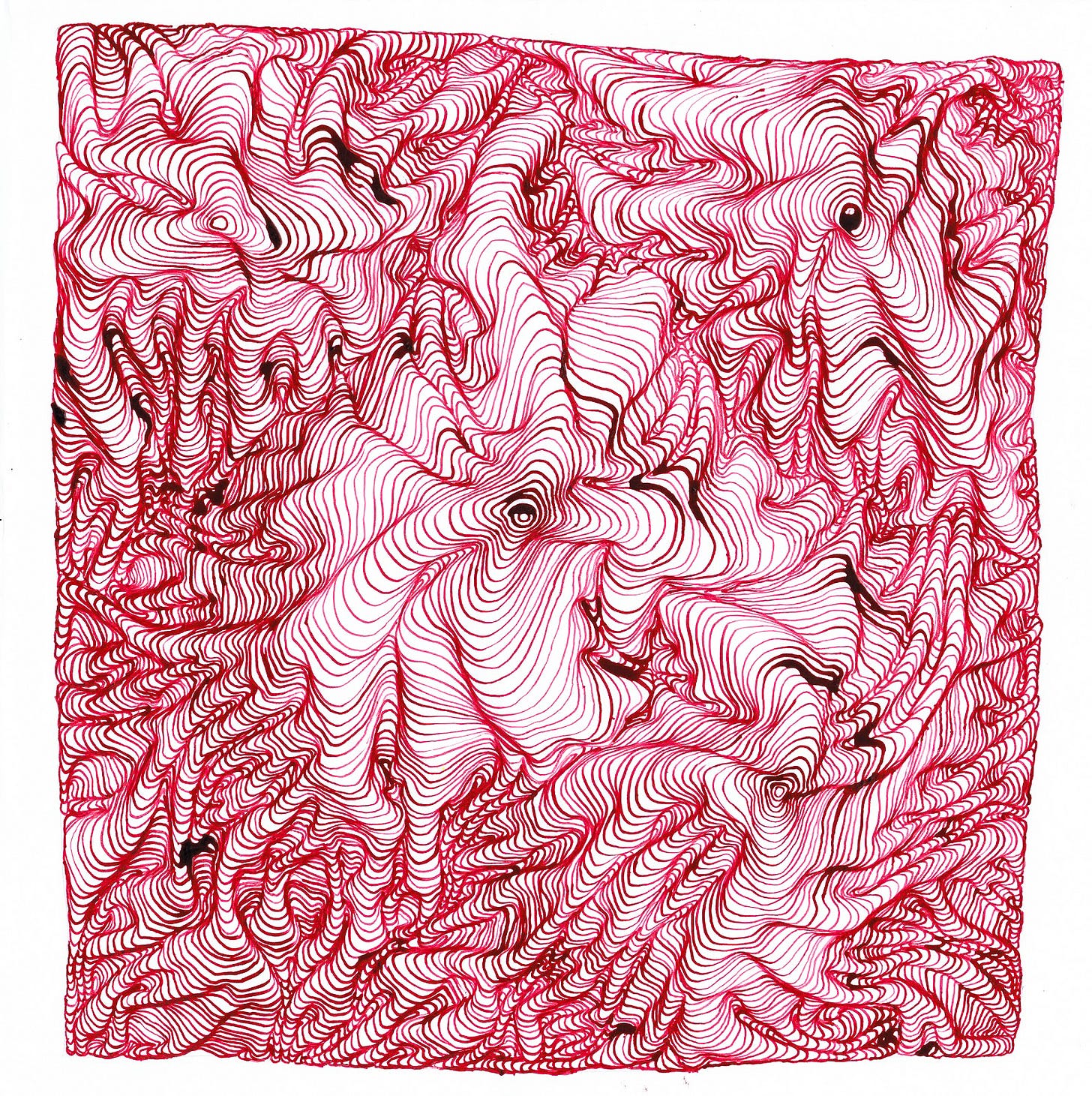

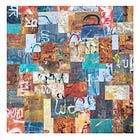
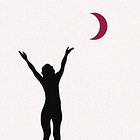
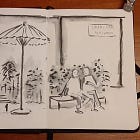
Thanks so much for sharing this Kathryn! It was so helpful to me personally to go over these questions with you and try to make sense of everything!
Thanks Kathryn and Helen for this conversation that described my recent experience as an author and educator experiencing auto-immune challenges. The same open-heart quality that makes me a good care-giver, writer, and teacher makes me vulnerable to stress and nervous and immune system dysregulation. I need to adapt my work continually to fit it into the roles I play in my family, currently as a grandma, a role I love as it awakens joy, playfulness, and unconditional love in me. Yet, I am not ready to be invisible! I consider this to be the autumn of my life as in harvest time, not the quiet of winter. So I wrote a book about the joys of being a grandma, Where Wisdom Meets Wonder, Forty Stories of Grandma Love, which enlivened me but the complicated world of promoting my message has worn me out. And I am now experiencing symptoms. Recently, they have kept me home resting. During that time, I taught an online course on self care (ironically) with a raspy voice and low energy. The next morning, I woke with a stronger voice and an understanding that my drive to work so much comes from a belief that accomplishments validate my existence. Now I am rethinking my motivation, my goals, and how to work in a way that both pleases me and serves others. I am listening to my body to find out how.